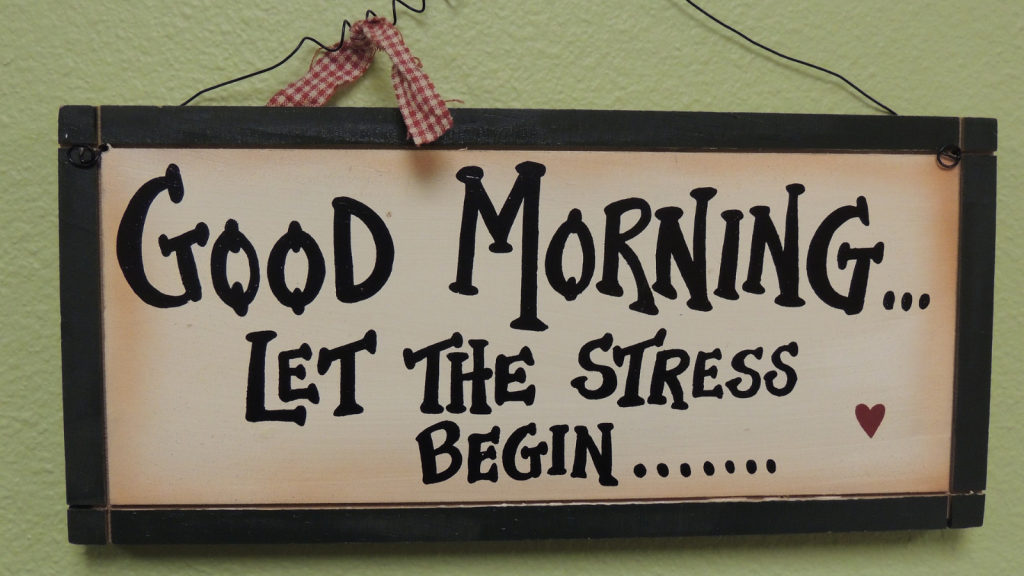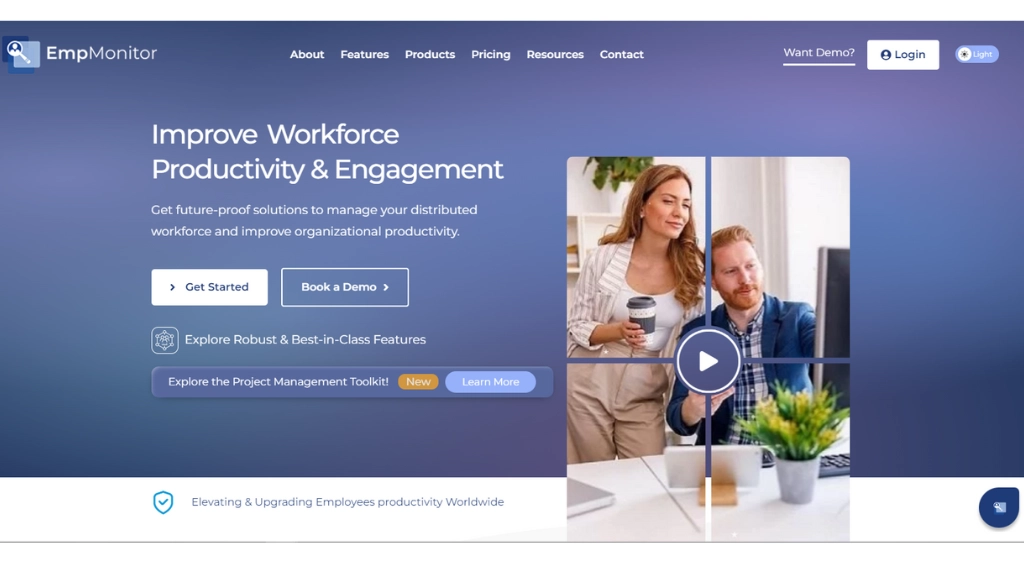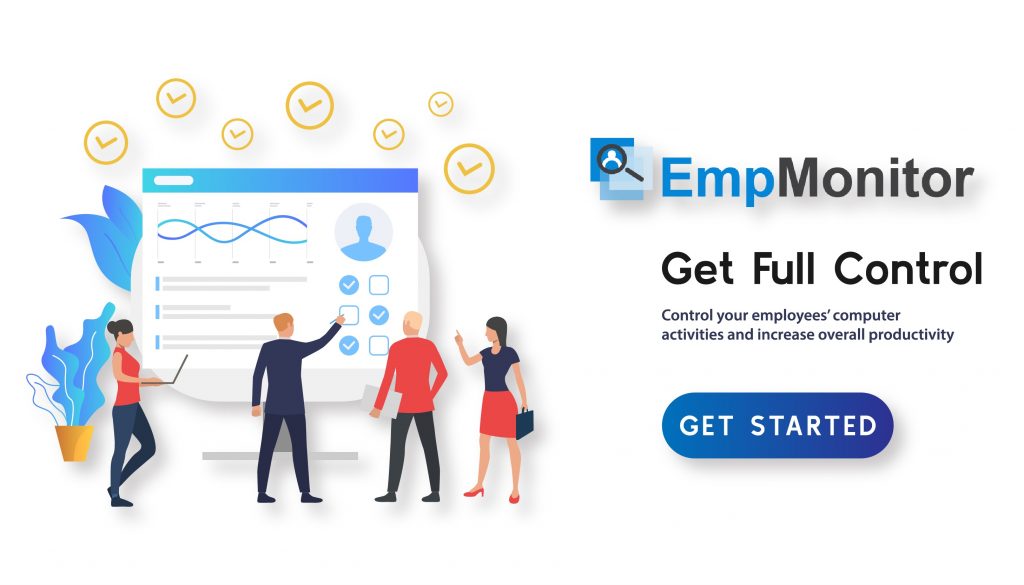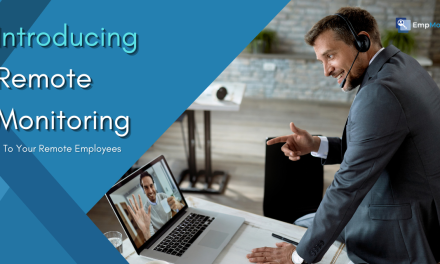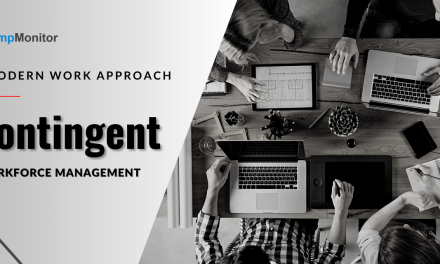As an employer, do you ever wonder? How can you create a positive work environment? A job, by its definition, is not something fun or enjoyable. It is hard to deal with work-related stress and aim to achieve a proper work-life balance. And let’s face it unless your employees are giving their best, it is impossible to grow any business.
According to surveys, one of the most successful companies has realized that encouraging and fostering a positive work environment can inspire employees to take joy in their work. It helps to reduce stress and makes them more productive. And there is no doubt that productive employees are the key to the success of your business.
It is also true that employees tend to work better when under pressure, but not when it is affecting their life and mental health. It is all about finding the balance of it. Many companies put a lot of pressure on their employees for the success of their company. However, studies have proved that to be harmful to their productivity in the long term. But a positive work environment will provide immense benefits to the employees and the company as well, period.
Hit The Play Button To Listen To The Podcast:
How can you know if your workplace is positive or toxic? Many businesses are trying to create positive work environment. But are not sure where to start. If you are one of them, stay along.
How To Identify If Your Workplace Is Positive Or Toxic?
It is hard to know if your workplace is positive or toxic from an individual’s perspective. Because there might be things that are good for many but bad for others. You can only know for sure if you try to identify it collectively as an organization, putting everyone’s wellbeing into consideration. There are traits maybe like gaslighting at work that you can look for in order to know if your workplace is positive or toxic.
What Is A Positive Work Environment?
A positive workplace culture creates an environment where every member of an organization is happy and satisfied. While work culture may differ depending on your industry, but most of them have a few qualities in common. A positive work environment is where everyone can talk freely, have ample amount of opportunities for growth, creative work, positive work relationships, a clear shared purpose & rewards, etc.
A Place For Open Communication:
A work culture where everyone can talk freely about and encourage to share their ideas. Even if the ideas are not implemented, but at least they are acknowledged. An organization where every one of its members is comfortable sharing their opinions, without any hesitation or fear of judgment is positive work culture. Positive work culture reduces the chances of miscommunication. All information provided to the employees is clear, and they were to go if they have any questions and receive proper answers.
Abundant Growth Opportunities:
Providing opportunities for the growth of the employees shows that the company thinks about the wellbeing of its employees. It can be a promotion or help in education, it all applies that employer is investing in their future. It creates a better career path that can improve productivity.
Compassionate Team Members:
A positive working environment encompasses a level of respect, empathy, and overall understanding between colleagues. These sentiments can also foster collaboration and help you feel heard and valued at your workplace. For example, when a coworker thanks you for assisting them on a project, it lets you know that you’re appreciated and that someone genuinely cares about your contribution to the company.
Emphasis on Creativity:
According to a survey, 84% of employers agreed that innovation in the workplace is important. Employees can find creative solutions to challenging and simple tasks when they think outside the box. Managers encourage employees to be creative with their work, work smart not hard.
Good Work-Life Balance:
A positive working environment consists of a healthy balance between your personal and professional life. This ensures you can continue to find job satisfaction without letting your job overtake other areas of your life. Ultimately, a positive working environment encourages employees to find fulfillment in both their work and personal lives.
Enticing Reward Systems:
Employees like when you give credit for their hard work and efforts. Positive work cultures have a formal way of appreciating and rewarding those efforts. It can be a pay bonus, public acknowledgment, or even a special thanks. All these rewards can motivate employees and improve their productivity.
What Is a Toxic Work Environment?
It’s not feasible to maintain a perfectly positive work environment at your company—you can’t control when employees have a stressful day. But if stressful days are the default, you may have a toxic work environment on your hands.
Toxic workplaces can be characterized by any of the following traits:
High Employee Turnover:
If most new employees leave the company after only a few months on the job, they’re probably dissatisfied with their roles or the company at large. Additionally, if employees are always being let go or fired, there is likely a problem with management.
Little-To-No Work-Life Balance:
Toxic work environments usually skew employees’ lives toward “all work and no play.” These employees feel guilty when they turn off email notifications over the weekend or use a vacation day just to get out of the office.
Gossip And Exclusive Behavior:
No one wants their office to feel like high school. Unfortunately, some companies allow cliques to form, or groups that are often overly exclusive and gossip with one another. These habits are counter-productive for offices that want to emphasize open communication.
Ineffective Leadership:
There are plenty of poor leaders, whether it’s the micromanager or the overly hands-off boss. Unfortunately, this problem may not solve itself when you hire a new manager—a bad boss may have an even more toxic boss, who also might have a bad boss, and so on up to the upper management level.
Unenthusiastic Employees:
If employees seem to only do their jobs so they can get paid, the company probably has a motivation problem. They can’t find a way to encourage employees, either because the work they do is demoralizing or the compensation they receive isn’t enough.
Poor Communication:
Employees may feel out of the loop regarding important information, or expectations from managers aren’t explicitly stated. Additionally, the feedback they receive about their work (if they get any at all) may be overly harsh and unconstructive.
Few Growth Opportunities:
If it doesn’t seem like employees have a chance to progress in their roles or enroll in continuing education programs, that’s a sign of managers not investing in their employees.
Make Your Workplace Positive And More Productive With EmpMonitor:
Monitoring your employees gives you many insightful details about their behavior and help track employees performance. It will help you see if there are any improvements. Because hard work truly reflects in employees’ work and by monitoring them you can measure that improvement.
You can use employee monitoring tools such as EmpMonitor to see the slightest details and changes.
EmpMonitor is one of the best employee monitoring systems available in the market. It is the all-in-one employee management system you need for clock-in/clock-out, time-tracking, productivity, and performance measurement.
EmpMonitor offers many crucial features and you can access all the details from a single dashboard.
-
Timesheet:
Timesheets automatically trigger when employees turn on their systems and record it as a clock-in time.
-
Measure Productivity:
You can track every minute of the employees during their work hours, office hours, active hours, productive/unproductive hours, etc.
-
Performance Report:
You get a detailed insightful report of all the employee’s performance. It will help you determine where they need to improve.
-
Regular Screenshots:
EmpMonitor captures screenshots of your employees’ system at regular intervals. You can access all the screenshots and evaluate your employee’s performance.
-
Stealth Mode:
Stealth mode assists you to observe your employee’s productivity without them feeling interfered with. There will not be any popup of the software icon or user history. It will also aid you to recognize and avoid any unusual activity.
H0w To Make Work Environment Positive:
While you may just need to improve your current workplace culture, some companies need to make more radical changes. Here are the steps you can take to establish a positive work environment from the ground up.
Establish a Strong Code of Ethics:
The comfort and safety of your employees should be a top priority, and your employees will feel better about working for your company if you have an ethical workplace culture. One survey found only 11 percent of employees who witness unethical behavior at work felt unaffected by it.
Establish a zero-tolerance policy regarding all unethical, illegal, or discriminatory behavior experienced in the workplace.
Engage In a Meaningful Conversation:
When you make the effort to connect with your team members in person—individually and as a group—you’re establishing a position of caring that motivates individuals in all sorts of crazy-good ways. It’s easy to send short messages in emails, and then rely on these small exchanges for most of your communication. Or, you can focus on what needs to get done next and forget to take a breath, look around, and get to know your employees. Don’t fall into this rut. Instead, ask your team members about their immediate goals and project interests as well as their career objectives.
Also, remember: We’re all human, and most humans respond well to the real thing—in-person communication that says “you matter.”
Show Your Appreciation:
One of the biggest complaints from employees is that they don’t feel appreciated. The second someone gives us a “nice job” or “you made a difference on this project,” we feel like we matter in a way that gives our work a sense of purpose. If you’re not so inclined to give out verbal gold stars, an easy place to start is with a simple “thank you.”
The next step is to give meaningful appreciation. Thread the high-fives and “nice jobs” with a more detailed picture behind your acknowledgment. This way, your employees can understand what they’re doing well, and do more of it. Also, detailed praise shows you’re paying attention and not throwing around empty phrases. When people feel like they’re doing good work, they want to rise to the occasion even more.
Listen to everyone’s ideas:
Your entire team has great ideas. They’re in the trenches all day, bringing their own experience and perspectives to the part of the project they’re focused on. For example, if there’s a way to make spreadsheets more efficient or cold calls more productive, the team members’ know-how.
It’s tempting to stick with protocol because you know that works well. But these days the world moves so fast nobody can afford to stay with the status quo for too long. So instead, make it a policy to listen to new ideas (you could structure appropriate periods for this, too), and this will tell everyone they’re a valuable part of the team.
Give the good ideas a try; you never know what might happen—other than the team becomes more invested in their work and the project outcome, for starters.
Create A Comfortable Work Space:
Whether they’re at a standing desk or in a desk chair, employees should feel comfortable while they work. This involves having all the equipment they need to complete their tasks.
Break Facilities:
Employees need breaks. Positive work environments allow people to conveniently go to the bathroom or offer rooms that can help them relax and recharge before tackling another task.
Optimized The Office Layout:
Your office layout should be designed to help your employees complete their tasks. If their tasks require a lot of collaboration, an open workspace is incredibly beneficial.
Trust Your Team Members:
This is a harder rule to practice for some more than others. So try to default to the assumption that your team is made up of adult, responsibility-taking, competent workers that don’t need to be treated like children. (In the end, people act the way they’re treated.) In action terms, this means that when you delegate, really let go and let the individual own the task you gave them. You can also communicate trust by asking team members to make decisions for their part of the project, like:
- Suggesting when and if meetings should happen
- Anticipating roadblocks and communicating those to the group
- Assuming that your team wants the best for the project. And if you sense the beginnings of some negative juju kicking up, invite discussions about office policy; see what the majority thinks.
Be Spontaneous And Have Fun:
Everyone wants to have fun at work—even though everyone defines “fun” a little differently. Still, if you can keep the previous four tips in action, then fun—or a sense of enjoyment and being able to be yourself at work—becomes a more natural part of everyone’s job.
The fun happens when people feel well-connected with a team where there’s mutual respect, open communication, acceptance of who people are, and everyone’s collaborating and working toward the same goal. When teams are working well together, it makes it easier to be spontaneous and has some fun.
Check Our Latest Posts:
7 Employee Wellbeing Strategy For Better Workspace In 2024
10 Best Productivity Tools for Work from Home
Workload Management Adviser 2022
Data Theft: A Virtual Epidemic Without A Positive Cure?
What Is Counterproductive Work Behavior: Types, Impacts, & Solutions
Wrapping Words:
Positive work environments are meant to make your employees happier and more comfortable while they work. When employees are happier, they are more productive, efficient, and Creative. You’ve discovered 09 techniques for creating a positive work environment. You’ve seen what makes a positive work environment in the first place, and why having one in your business is so important.
The next step is to go ahead and implement some of this employee wellbeing strategy in your own business. It may take a little longer but can be started today. And use EmpMonitor to manage and evaluate the progress, it will help make the work environment positive and more productive.
So what are you waiting for? Try out some of these ideas and see if you can create a better, happier, more productive workplace.




